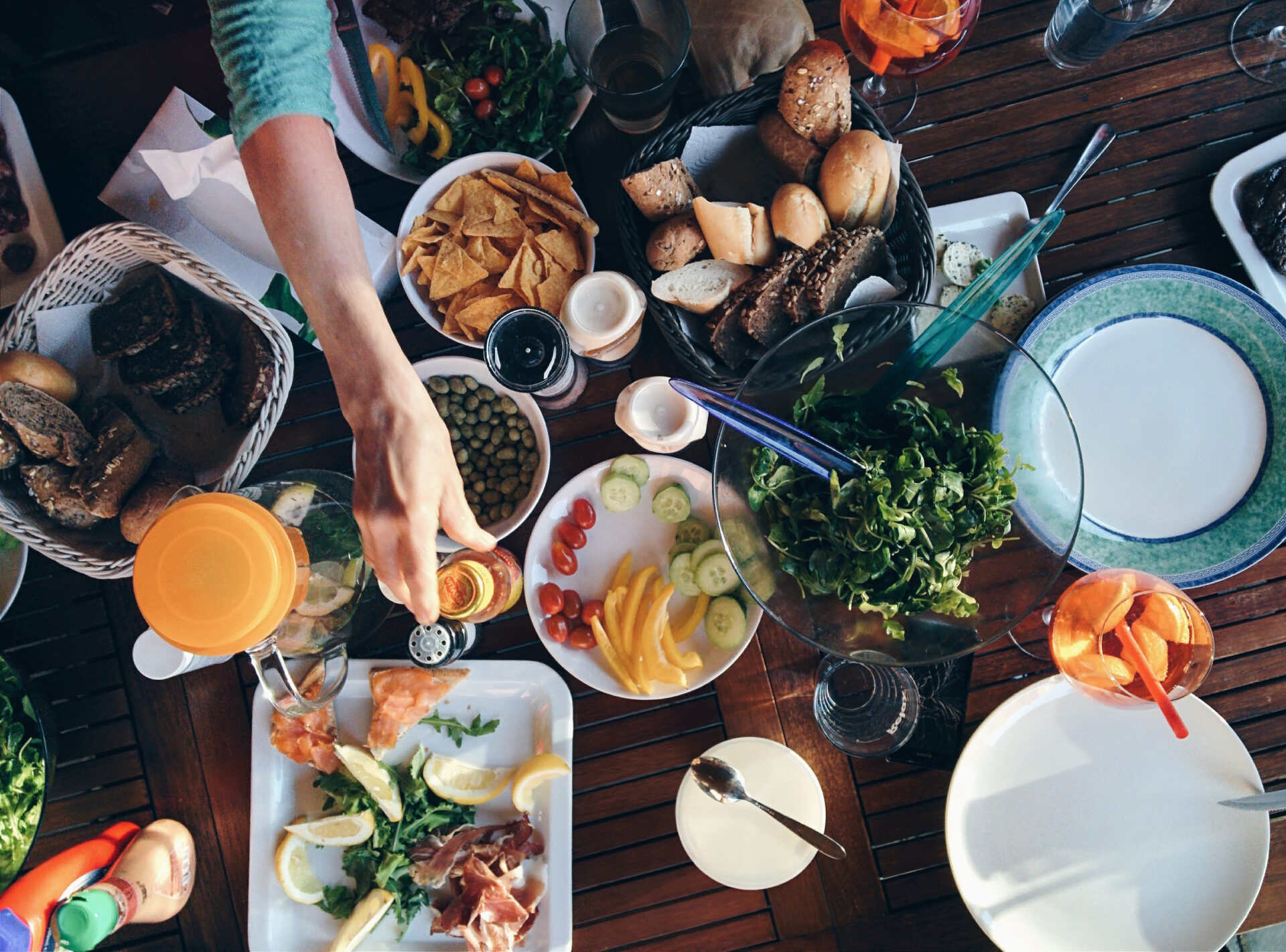
When we talk about balance in food and nutrition, it’s easy to picture that classic plate: half vegetables, a quarter starch, a quarter protein. It’s tidy, visual, and rooted in nutrition science. And yes, it’s useful – especially when trying to move away from extremes or rigid rules.
But here’s the thing: balance isn’t just about what’s on your plate.
It’s about how food fits into your life.
The Limits of the Perfect Plate
That ideal plate might work in theory, but life isn’t lived in thirds.
We don’t eat in a vacuum. We eat in the middle of workdays, celebrations, travel, stress, joy, and everything in between. And when we treat balance as a fixed formula, we risk missing the bigger picture.
Ever notice how easy it is to stick to “healthy eating” until a birthday party or holiday event rolls around? Suddenly, it feels like all bets are off. That swing, from control to chaos, isn’t balance. It’s burnout.
True balance means you can enjoy the cake and feel good about it. It means your nutrition choices flex with your life, not fight against it.
A More Realistic Definition of Balance
Holistic balance in nutrition means honouring the many reasons we eat:
• For nourishment – choosing fibre-rich, protein-packed meals that support your health.
• For connection – sharing food with others, celebrating, enjoying traditions.
• For practicality – grabbing what’s available during a hectic day or long commute.
• For pleasure – eating what smells good, tastes good, and feels satisfying.
The goal is never to let one reason dominate.
When every choice is driven by nutrition science alone, it can feel exhausting. When every choice is based on convenience or cravings, it can leave you feeling disconnected from your health goals.
Balance means letting all these motivations coexist. It’s about making space for both structure and spontaneity.
How to Practice Balanced Eating
Here’s what balanced eating looks like in real life:
• You use nutrition knowledge as a guide, not a rulebook.
• You stay flexible – some days you cook, some days you grab what’s easy.
• You celebrate without guilt, knowing that joy is part of wellness.
• You check in with yourself: What do I need today? What’s realistic? What will help me feel good – physically and emotionally?
Balanced eating isn’t perfect eating. It’s sustainable, supportive, and rooted in your real life.



